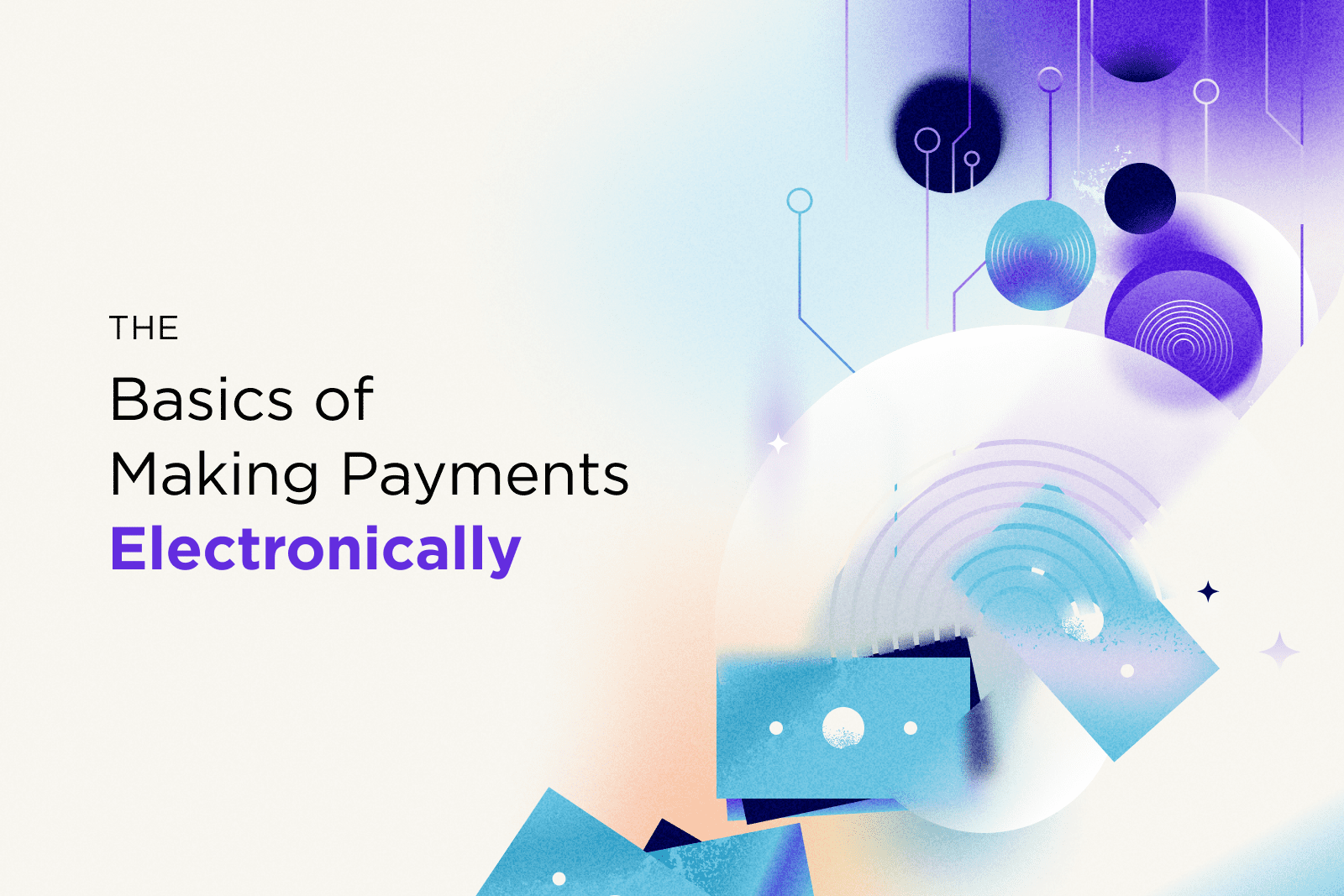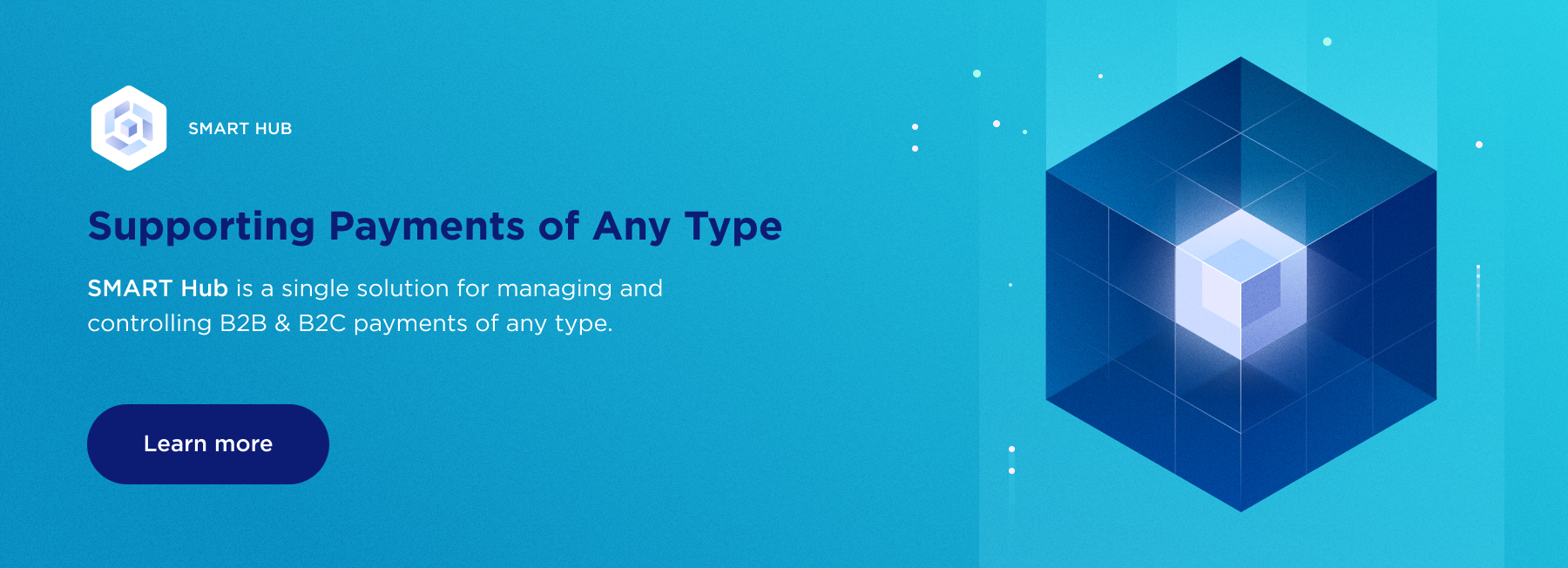Businesses are making more of their payments to suppliers and individuals electronically.
And there is no letup in sight to the growth of electronic payments.
The percentage of businesses that make at least half of their payments to suppliers and individuals via paper check dropped seven percentage points over the past two years, the Institute of Finance and Management (IOFM) reports.
71% of accounts payable (AP) leaders say their business plans to automate the way it pays suppliers and individuals.
44% of AP leaders who describe their outbound payments as being “largely automated” plan to automate more.
Only 6% of AP departments have no plans to ditch paper check payments, IOFM finds.
Clearly, businesses are doling out a lot more money to suppliers and individuals electronically, whether it’s through Automated Clearing House (ACH), Real-Time Payment (RTP), virtual card, push payment to card, Zelle, PayPal, wire transfer, cross-border payment, or cryptocurrency.
ACH payment transaction volume grew by 8.7% last year, reaching 29.1 billion transactions, according to NACHA, the electronic payments association.
The total transaction value was an eye-popping $72.6 trillion in 2021, a 17.4% increase over the year prior. In fact, last year was the seventh consecutive year volume grew by at least 1 billion payments, NACHA added.
It makes sense that businesses would embrace ACH and other methods of electronic disbursements to suppliers and individuals. Compared to paper checks, electronic payments cost less, are less of an operational burden, are easier to track, are less vulnerable to fraud, can be automatically reconciled in real time, and don’t require staff to come into the office to chase down approvals and stuff envelopes.
Payers also enjoy the benefits of cash-back rewards and integrated supply chain financing when they pay suppliers electronically – a big consideration as businesses look for way to free up cash.
Key Considerations When Migrating to Electronic Payments
With digital transactions becoming the preferred method for businesses to pay suppliers and individuals, it’s critical for businesses to have a solid strategy for optimizing electronic payments.
Here are four things to keep in mind when developing an electronic payments strategy:
Integration with legacy systems.
Electronic payment solutions should work in tandem with legacy accounting software and enterprise resource planning (ERP) applications to disburse and collect funds. Embedded payment solutions enable accounts payable (AP) professionals to make, manage, and receive payments from directly within the familiar screens of their legacy solutions. Some embedded payment solutions can be embedded in leading solutions such as Sage Intacct, QuickBooks, Acumatica, SAP, Oracle, and Guidewire.
By embedding payments functionality within legacy accounting software or an ERP application, businesses eliminate the need for their AP staff to manually reconcile payments, maintain spreadsheets for tracking payments, or double-key information on payments into the legacy system.
Bank connectivity.
Some payment solutions require businesses to setup and pre-fund new bank accounts to originate disbursements. Businesses shouldn’t have to jump through these hoops, incur this expense, or disrupt their existing bank relationships.
Leading embedded payment solutions provide open banking connectivity, allowing a business to originate payments from any existing bank account. Open banking connectivity also provides visibility into the status of accounts, helping finance pros better manage their cashflow.
Real-time visibility.
No one should be forced to log into standalone systems, manage multiple spreadsheets, or call their bank to know where their payments stand. Best-in-class embedded payment solutions provide instant visibility into all pending, in-process, and completed payments, no matter the payment type, the payment rail, or the originating bank account. Users can effortlessly search historical payment data by supplier or customer name, date range, or payment amount.
And actionable metrics such as the number of payments in process, the total value of payments in process, number of exceptions, invoices ready to pay by supplier, disbursements by payment type are available at a decision-maker’s fingertips.
Payment types supported.
Forcing suppliers or individuals to make or receive payments in a particular way can strain otherwise strong relationships. Embedded payment solutions enable businesses to make or receive payments of any type (e.g., crypto) and using any payment rail, including real-time. Supporting a range of payment types makes it easier to migrate suppliers and customers to electronic payments and helps you deliver an exceptional experience.
And some embedded payment solutions provide integrated payment workflows that guide suppliers and customers through the process of selecting their preferred method of payment and entering the details necessary for them to make or receive payment.
Choosing the right payment solution is critical to ensuring the success of your payment initiative.
With an embedded payment solution, businesses can get the seamless integration, bank connectivity, visibility, and broad support of different payment types that they need to achieve optimal benefits:
- Streamlined operations
- Lower cost of making and receiving payments
- Enhanced visibility into payment data
- Better return on investment from legacy system investments
- Less risk of fraud and compliance issues
- Stronger supplier relationships
Businesses of all sizes can reap these benefits with an embedded payment solution.





